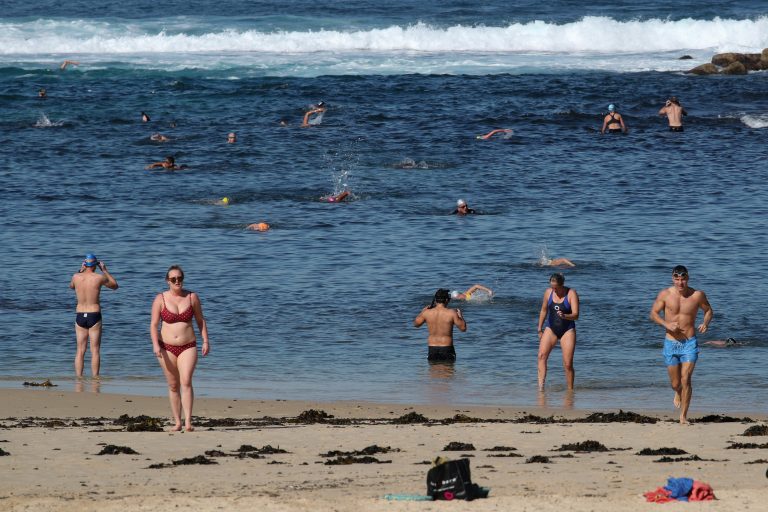
SYDNEY, May 6 (Reuters) – Australia will have a COVID-19 safe economy up and running by July, Prime Minister Scott Morrison said on Wednesday, as his government seeks to get one million unemployed people working again.
It is not clear how many businesses this would see returning to full operations, though local media reported Australia has planned for a three-stage reopening.
Cafes, restaurants and retail are expected to be among the first to be allowed to reopen, with strict social distancing rules. Pubs, where social distancing is harder, would probably be amongst the last to fully reopen.
Australia has had less than 7,000 confirmed cases of coronavirus. Fewer than 1,000 people are still sick with COVID-19, though 96 people have died from the virus.
Australia is on Friday expected to announce a loosening of social distancing restrictions with curbs on most businesses removed by July.
“We need people back at work. We need the businesses open again,” Morrison told Sydney’s 2GB Radio.
“We can open up in what I’m calling a COVID Safe Australia.”
Morrison spoke after the country’s national cabinet issued a statement late on Tuesday that said Australia is aiming for a “sustainable COVID-19 safe economy in July 2020”.
Australia has closed a wide swathe of the economy, from cinemas to gymnasiums, and forced restaurants and cafes to offer only takeaway as part of broad restrictions.
It believes the closures, coupled with a stay-at-home policy and border closures, are responsible for slowing the growth in new COVID-19 cases to less than 0.5% a day.
Although the measures have successfully prevented local hospitals being swamped by coronavirus patients, it has taken a devastating toll on the economy, which is on course for its first recession in 30 years.
Unemployment is expected to top 10% this year and the Reserve Bank of Australia expects GDP to slump 6% during 2020, a slump that Treasurer Josh Frydenberg said is costing the country A$4 billion ($2.6 billion) each week.
The resumption of business might also coincide with the opening of the borders between Australia and New Zealand, in what has been dubbed a trans-Tasman bubble, given both countries have significantly reduced infection levels and rates.
New Zealand Prime Minister Jacinda Ardern on Tuesday joined Australia’s national cabinet meeting to discuss the potential joint opening, but both governments have said it would take a while to work through.
Despite returning to a degree of normality, Australia says workplace practices will have to change for many months.
Australia’s Chief Medical Officer Brendan Murphy said hot-desking should be discouraged, while employees should work from home when possible. When required to come to the office, workers should be given staggered start times.
“We don’t want everybody crowding on public transport at the same time,” Murphy told reporters in Canberra on Tuesday.






